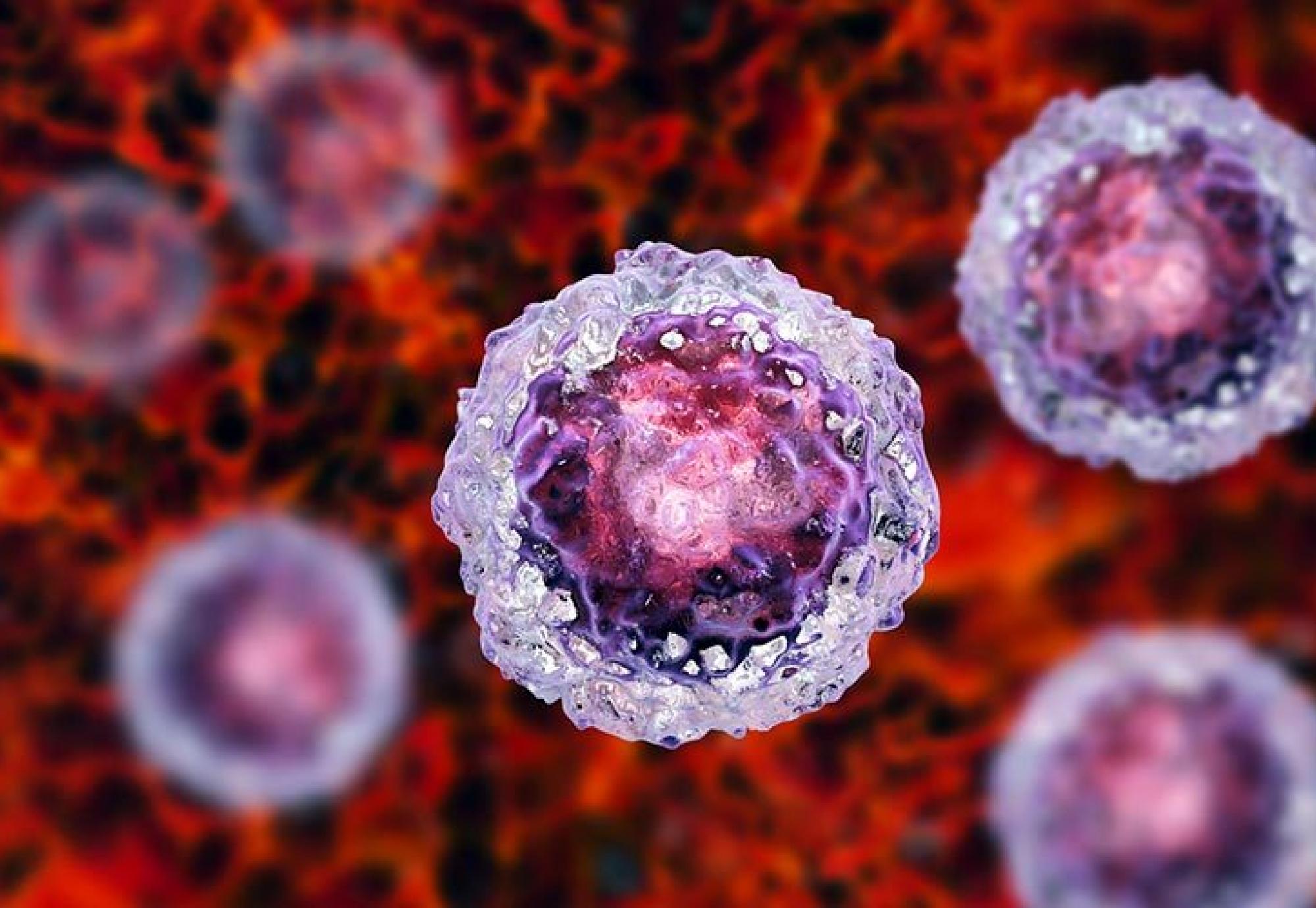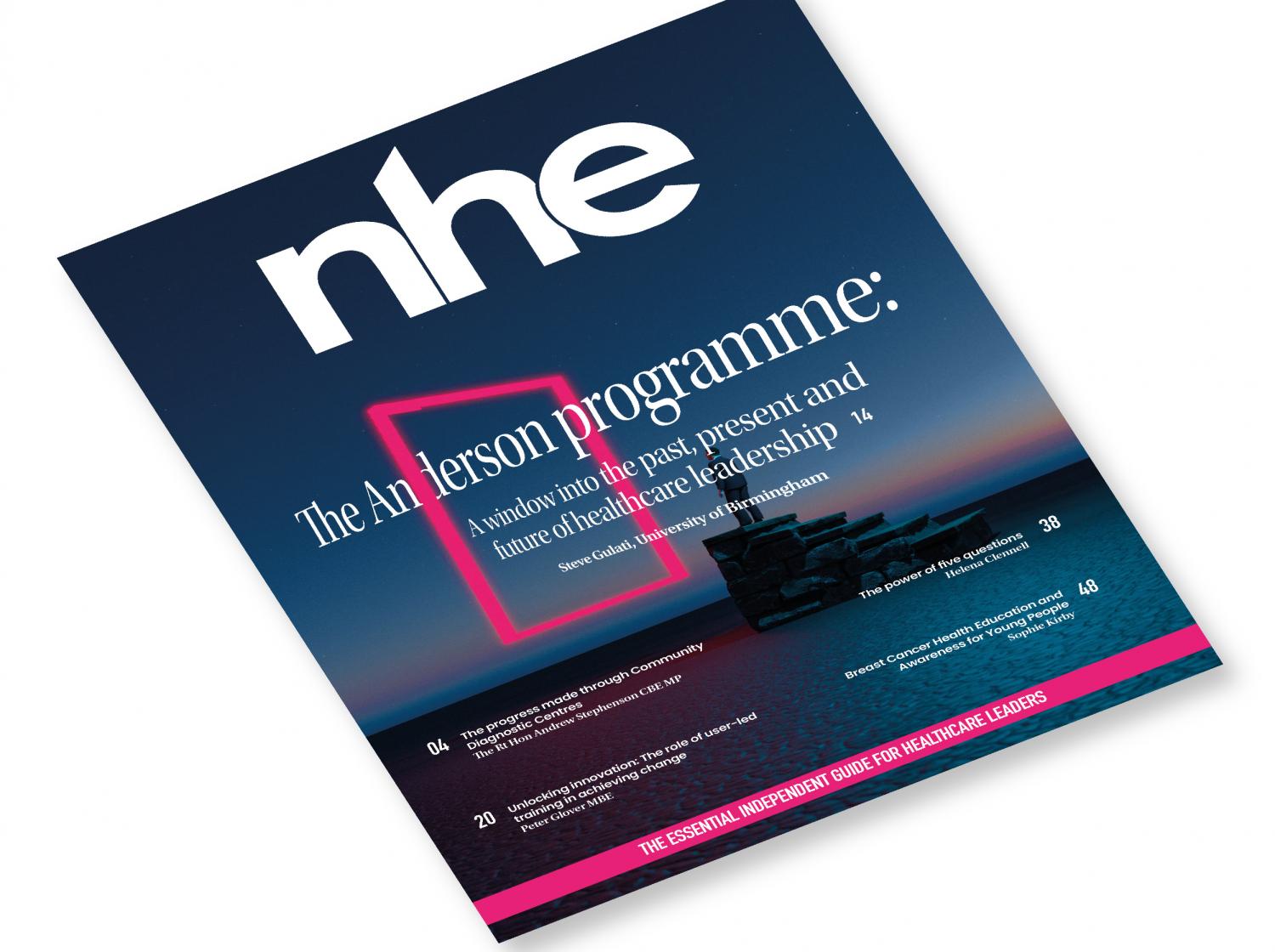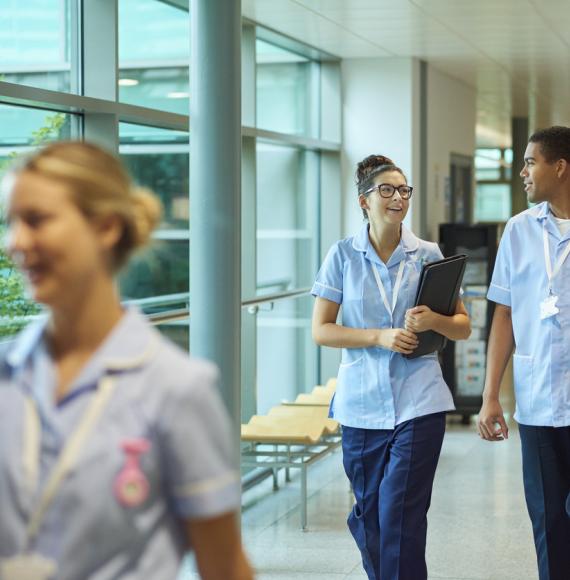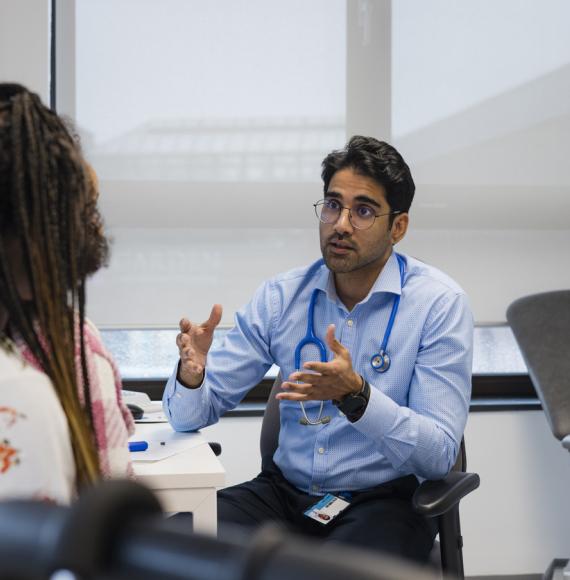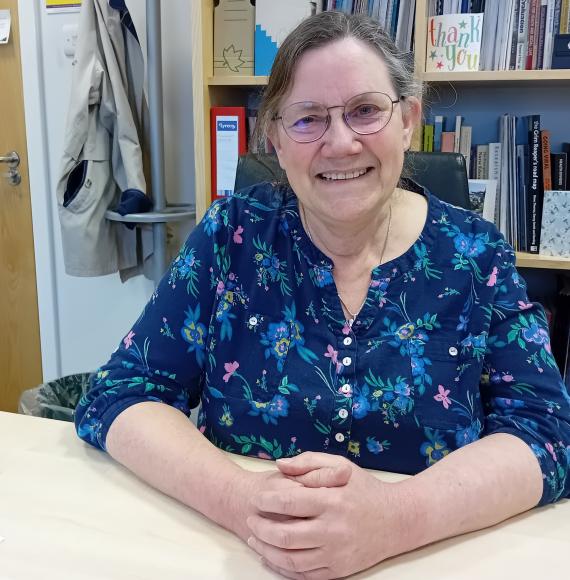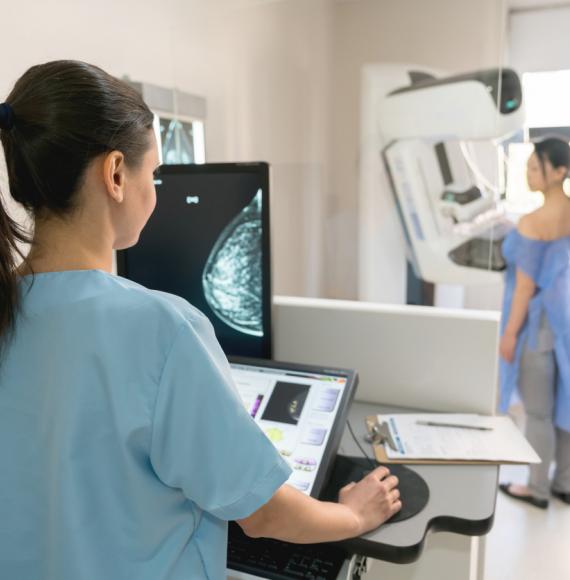The UK Stem Cell Bank (UKSCB) is celebrating 20 years since it was established as the national repository for the storage and regulation of human embryonic stem cells. Recognised globally as a leading stem cell bank, the Head of the UKSCB, Lee Carpenter, is hosting a special event at the Medicines and Healthcare products Regulatory Agency’s South Mimms Laboratories to celebrate two decades of supporting innovation in research and in the clinic, and to look to the future of advanced therapeutics.
Below, Lee highlights how his passion for stem cell research brought him to the UKSCB, its role in the development of advanced therapeutics and discusses how automation and machine learning in the manufacturing process could mean faster patient access to stem cell therapies in the future.
“My career has been hugely varied, taking me around the world across the public, private and academic sectors, but one thing has remained constant: my fascination with cell and gene therapies, and through research, bringing these closer to patients.
I’ve been lucky enough to study cell and gene therapies in many different ways over the last twenty years, from the potential of stem cells as a therapy for Type I Diabetes and the role of genes in the cancer cell cycle, to perfecting techniques that differentiate stem cells into precursors for adult blood cells for transfusion therapies. But there’s always more to discover.
One application that excites me the most is the use of stem cells for immuno-oncology, where immune cells are used to treat cancer. We’re now able to take immune cells from donors and use gene modification so they can fight cancer in patients where they would normally be rejected.
These stem cells can provide an unlimited supply of cancer-fighting T cells, available ‘off-the-shelf’ to treat anyone quickly when referred to a clinic. This ‘living drug’ has the potential to constantly adapt to cancer, combating resistance, and existing within patients to continue fighting the disease indefinitely.
In fact, this simplest form of cell can become almost any cell type for many applications in cell therapies, and the UK’s national repository for all human embryonic stem cell lines derived within the UK, is here, at the MHRA’s UK Stem Cell Bank.
Established 20 years ago to curate all human embryonic stem cells created in the UK and to regulate their use and provision for research and in the clinic, the UKSCB at the MHRA’s South Mimms Laboratories is now recognised globally as a leading repository with over 180 different human embryonic stem cell lines.
During this time, we’ve received support from the Medical Research Council (MRC) and National Institute for Health Research (NIHR) to deliver our banking activities and, together with the lines available for research, we’ve banked over 30 lines now available for clinical application, making the UKSCB the largest source of clinical grade human embryonic stem cells in the world.
As part of the MHRA, the UKSCB plays an important role in providing regulatory guidance and workshops to the stem cell health sector across the UK, and we’ve established links with Harvard University to support international training programmes.
The UKSCB is a unique asset within the MHRA, sitting at the forefront of the advanced therapies landscape in the UK, and I’m eager to build on its great history and legacy at a time where we’re only just starting to realise the full potential and application of advanced cell therapies.
As an aging population, we can expect to receive novel treatments for disease in the form of small molecules and prescription drugs but often these only serve to manage symptoms or limit disease progression. Using stem cells, we can now develop replacement joints, neurons for improved brain function and even entire hearts can be made in the lab without the need for human donors.
But what can we do to keep up with demand and ensure quality? The UKSCB has contributed to over 100 publications in international peer reviewed journals, establishing strong links with the World Health Organisation and international partners to improve standards and controls. We’ve recently completed a successful international collaboration with Japanese partners, Sinfonia, to trial their automated cell processing robot and we aim to continue with these efforts towards the cost-effective scaling up of our manufacturing.
I believe that future improvements in customer service lies in automation. Reliance on scientists for the manufacture of stem cells is labour intensive, expensive and introduces human error. Automation will alleviate a lot of the manual aspects of cell culture, allowing us to scale-up manufacturing, drive down costs and ensure the highest quality and consistency, allowing stem cell-derived advanced therapies to be more accessible to patients and affordable for healthcare systems. By introducing automation into this process, we can free-up capacity for our leading experts to move away from labour-intensive manufacturing and instead work on improving and adapting novel advanced therapies.
When I look at my role as the third custodian of the UKSCB I hope to build on the significant past achievements of Glyn Stacey and Elsa Abranches that have established us as the leading stem cell institution in the UK today. I hope to move us forward with a sustainable business model that secures the long-term viability of the UKSCB. This means expanding our operations across various cell therapy platforms, supporting the development of specific cell types for use in human cell therapies, and developing new standards, enabling regulatory approval and eventual uptake by healthcare organisations.
I also want the UKSCB to continue making an impact around the world, supporting the development of stem cell therapies and reference materials for advanced therapies with the World Health Organisation. Over the last twenty years, we’ve delivered more than 370 cell line vials to 25 different countries for research, and in 2022, 54% of the stem cell lines requested have been of clinical grade, rising year on year. I want to see this trend continue as demand for these lines as starting materials for cell therapies grows further.
The future of the MHRA’s UKSCB is diverse and exciting and, much like the cells we curate, there are endless possibilities for us to support research and clinical advances in the UK and around the world. I cannot wait to see where the next 20 years will take us.
Image credit: Medicines and Healthcare products Regulatory Agency

